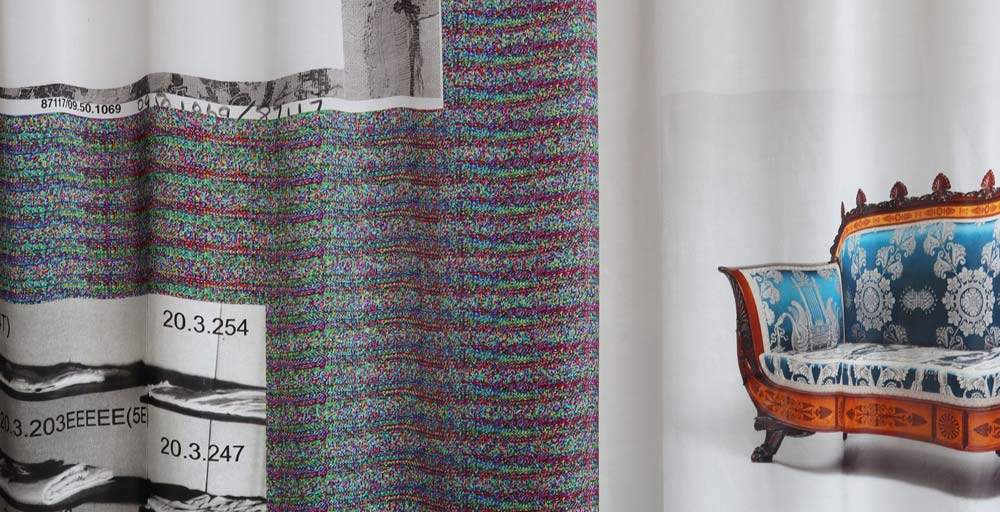In London, they had a human and an algorithm curate the same exhibit to figure out who is better
CanInstagram’s algorithm curate a contemporary art exhibition better than a human being? That’s the question posed by The algorithmic pedestal exhibition, running at London ’s J/M Gallery from Jan. 11 to 17. The idea is by Laura Herman, Ph.D., a research fellow at the Oxford Internet Institute, who tasked two curators, a human and a machine, with selecting some works from the Metropolitan Museum of Art to mount a hypothetical exhibition. The two curators are artist Fabienne Hess and ... Instagram’s algorithm. Thus, the exhibition aims to expose the differences between human and machine ways of seeing.
Selecting from thousands of images in the Met’s collections database, both Hess and the algorithm chose 20-30 images to display in a particular order and layout. Visitors are thus invited to compare and reflect on the differences in algorithmic and human curation decisions.
In recent months, Instagram has publicly announced that the content displayed in users’ Home feed will increasingly be decided by a “closed-box” algorithm, rather than by what friends or family have recently posted. This means that we do not know exactly what Instagram chooses to prioritize or why. However, exhibition organizers were able to “capture” Instagram’s curatorial decisions by uploading 800 images from the Metropolitan Museum of Art’s Open Access collection to a new Instagram account, @thealgorithmicpedestal, followed by only one other account (@following_algorithmicpedestal ). By visiting the Home feed of the latter account, organizers saw which Instagram images it chose to display from @thealgorithmicpedestal and in what order. No captions, metadata, or social information was provided, so that algorithmic curation was determined based only on the image itself.
Instead, artist Fabienne Hess chose to select images that correspond to a concept: loss. Indeed, Hess believes that loss is a unique and universal human experience that is inevitable in human lives. The images shown are part of Hess’ Dataset of Loss, a project the artist created over the course of three years as a form of resistance to algorithm-determined ways of seeing that are shaped by the commercial interests of Big Tech companies. Her curatorial process is guided by the human experiences of time, curiosity and patience; she has spent years physically exploring collections in an embodied way, learning the stories of each object and photographing them during site visits. In this way, Hess’s curatorship represents both a very human process and a very human selection criterion.
Hess curating contributes to the field of computer vision from an artistic, rather than a commercial or technological, point of view. Algorithms are trained on labeled datasets, and Hess also sees his curation as a dataset. However, the organizing principle of Hess’s dataset, the theme of loss, is not a label of what the images represent, which is how current algorithmic datasets are labeled for the purpose of computer vision. Instead, the images in Hess’s dataset pose questions about origin and content while resisting being classified and labeled. The artist is working on a forthcoming book on a larger “Dataset of Loss,” which includes his photographs and images from other collections. Which project will be deemed best by art lovers?
 |
| In London, they had a human and an algorithm curate the same exhibit to figure out who is better |
Warning: the translation into English of the original Italian article was created using automatic tools. We undertake to review all articles, but we do not guarantee the total absence of inaccuracies in the translation due to the program. You can find the original by clicking on the ITA button. If you find any mistake,please contact us.



























